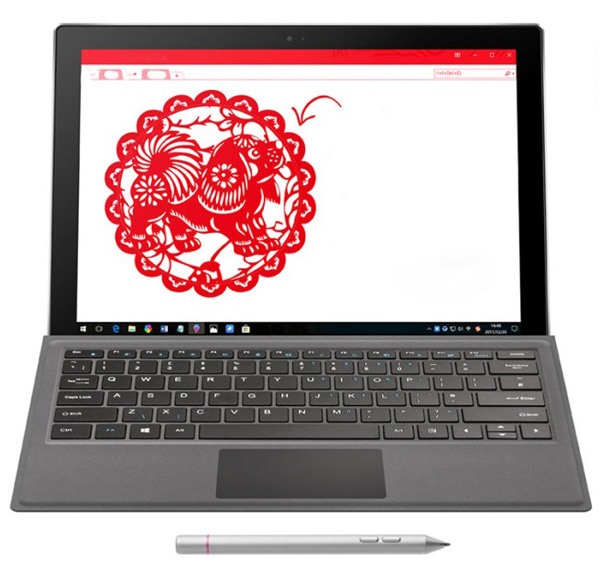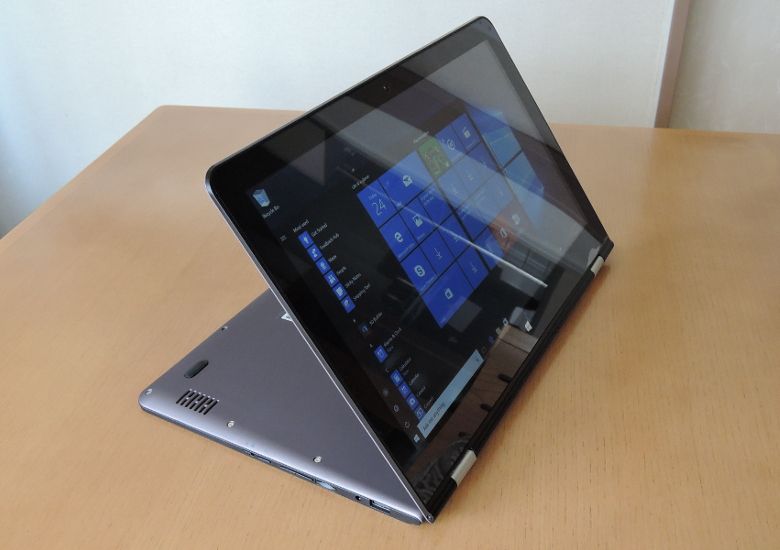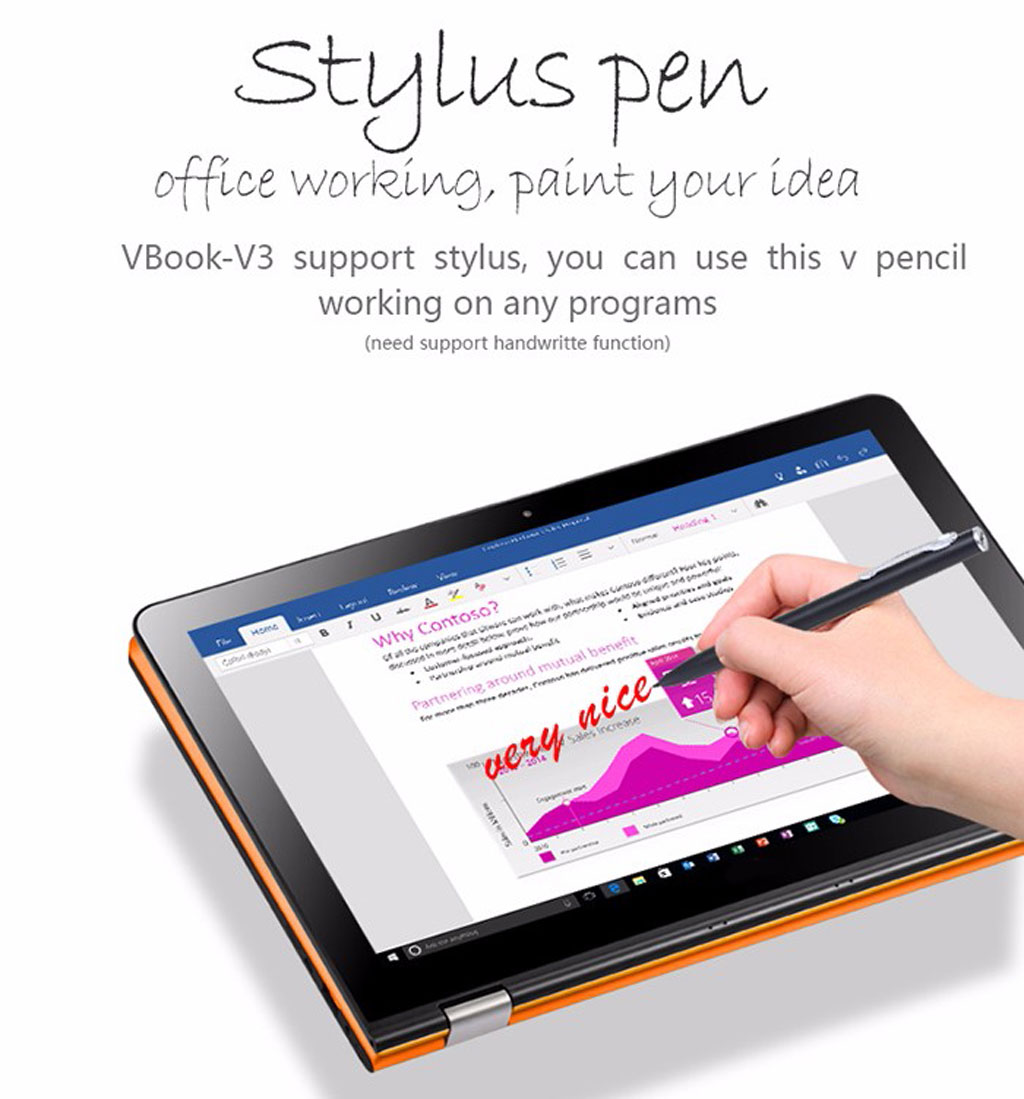
Next time you run xcal, and tell it to apply changes, it will pump out an output like: XINPUT command: Return run(args=('/usr/bin/xinput', *args), However, it's a simple python script! Near the beginning of xcal there's a method called xinput - I've modified mine as follows: def xinput(*args):
Voyo vbook how to#
However, while it works, it doesn't make your changes permanent, and while it tells you the calibration values, it doesn't tell you how to use it. If it doesn't, there is a tool that does work: xcal But you'll find that only a small portion of your screen is covered - this is where touchscreen calibration comes in, and xinput calibrator would be great - if it worked. If you have success this far, then this is good. Check /var/log/Xorg.0.log to see if there are any useful silead errors. If you don't now have some touchscreen activity, then I may have forgotten a step, or you might have different hardware. Option "InvertY" "0" # unless it was already set Option "InvertX" "0" # unless it was already set Option "SwapXY" "0" # unless it was already set to 1 If there's no progress, you may need to tell Xorg that you're using a silead touchscreen - make sure the folder /etc/X11// is created (create it if not) and add the file nf as follows: Section "InputClass" You then need to create a folder /lib/firmware/silead and copy that file there, with the name mssl1680.fw - reboot, and it might all magically work (albeit badly - see below) - use dmesg to debug. Go to - there is a file early on in that discussion called firmware.zip - extract the file h_firmware.fw. It might not, but it might fail silently because there is no firmware.

Voyo vbook driver#


Also, I'm using Linux Mint, so apologies if filenames are slightly off. You may be able to also - but apparently the hardware varies considerably between variants of the V3, so your mileage may vary.


 0 kommentar(er)
0 kommentar(er)
